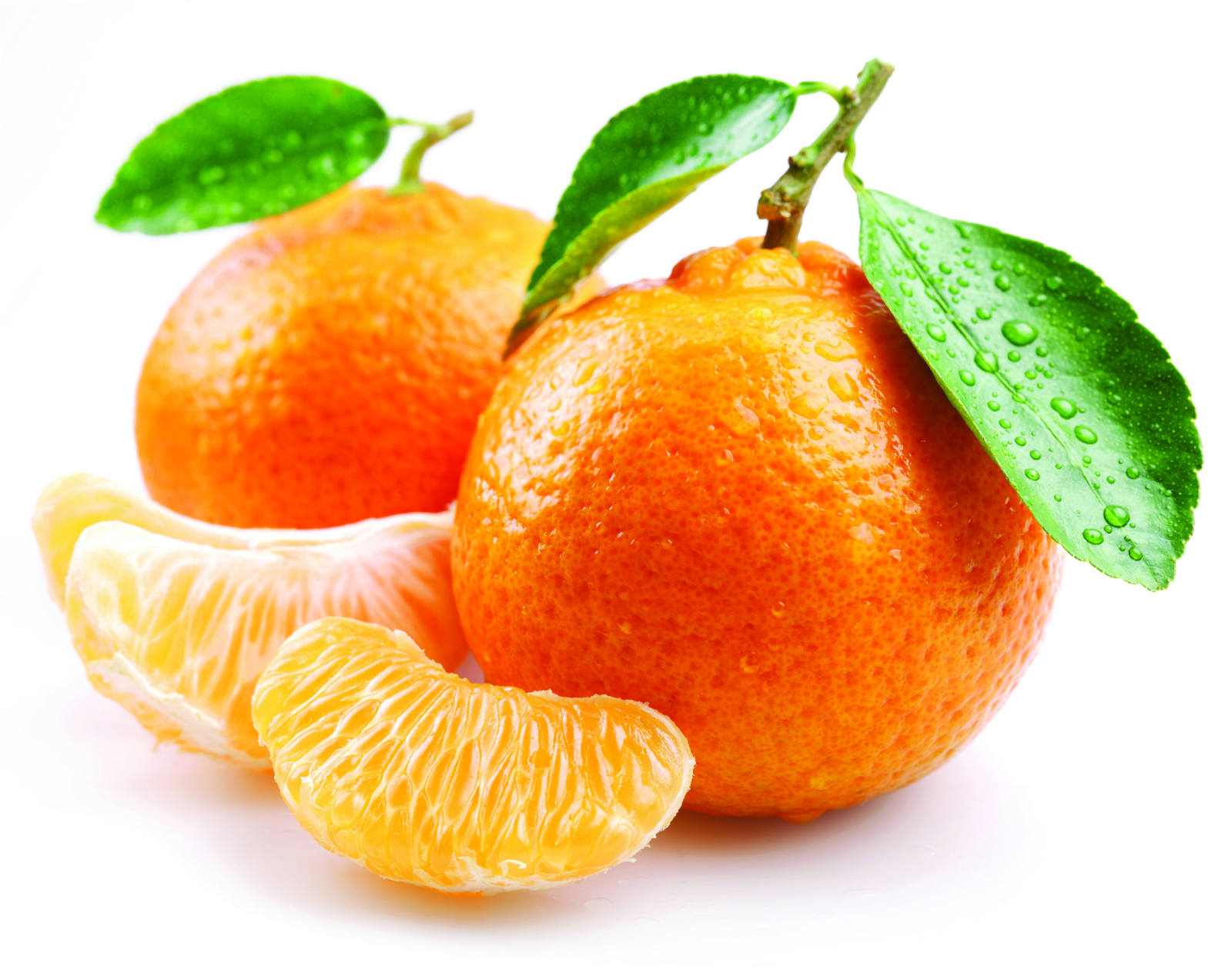他: Other
According to Price in “The Plastic Pink Flamingo: A
Natural History”, one half of the flamingo’s success is due to its bright pink hue.
She lists a plethora of “electrochemical pastels” (line 33) of the 50’s in
lines 34 to 36. As an artist, I could tell you exactly what kind of dingy olive
green you would get from mixing cadmium yellow and ultramarine blue, but I am
ashamed to admit that I couldn’t imagine half of the colors Price references (I
blame the generation gap). So I need to get my act together and figure these
colors out.
 |
The lawn flamingo. It's only two defining qualities: it's pink, and it's a flamingo.
|
Tangerine: This is
one I know, and I think everyone will know. The color of the citrus fruit that
is so amazingly soothing to consume if you have a sore throat. Also, kind of
reddish. Like a dark coral?
 |
| The rather photogenic tangerine -- but you get the idea. |
Broiling magenta:
Ah, magenta. The consensus color people default to when they get tired of
debating whether Sarah’s shirt is pink or purple – we all know magenta. But
broiling magenta? It sounds like a color used on a hot summer day. My verdict:
a darker magenta. Like the pink/purple version of maroon. Doesn’t sound
particularly “pastel”-y (line 33) to me.
Livid pink: Livid
reminds me of that one crazy aunt everybody has, the one who finds faults in
everything and is convinced the world is ending – and angry, always angry.
Interestingly, this word that’s used to describe pink has a dictionary
definition of “a dark purplish color” (Merriam-Webster). A dark mixture of
purple and pink… isn’t this just broiling magenta?
Incarnadine:
This one loses me. A quick Google search shows me… a dark pinkish-red. I
don’t know, I kind of imagined “forward-looking” colors to be brighter, but
they’re all pretty dark. But no matter. Moving on.
 |
| A room designed with an incarnadine theme. |
Fuchsia
demure: Fuchsia, I know, is a pink. A fuchsia, I also know, is a
redish, pinkish flower. And demure means modest and ladylike (which I didn’t
know but the dictionary told me). I thought these hues weren’t “old-fashioned”
(line 37)?
Congo ruby: Ruby is a
dark blood-red jewel. I’ll just end it here.
 |
| Rubies: The birthstone of those born in July. |
Methyl
green: Wow, a cold color in this lengthy list of warm pinks! And
what a cold color indeed – methyl reminds me of my AP chemistry days, which
could be considered the dark ages of my life thus far. Also, apparently methyl
green is the name of an actual chemical compound. I must have forgotten that.
In any case, Google Images shows me that this is the only remotely “pastel”
color in the list.
 |
| Methyl green, presumably under a microscope. |
Having done that research, I now feel slightly
deceived. These mostly dark colors are, by any stretch of the imagination, not
“electrochemical pastels,” “forward-looking,” or “sassy” (line 40). With an
initial reading of the essay, I had the notion that America was obsessed with
bright, joyful colors. I do have to commend Price for her artful manipulation
of these colors – it just further proves her point that American consumerism
was (and is) absolutely ridiculous.
I know of a friend who might be rejoicing after
reading this post – maroon is her favorite color. I, however, am partial to
brighter colors, and am now suffering from a saturation deficit. I’ll need to
go find an essay about consumerism in the 70’s.













0 comments: